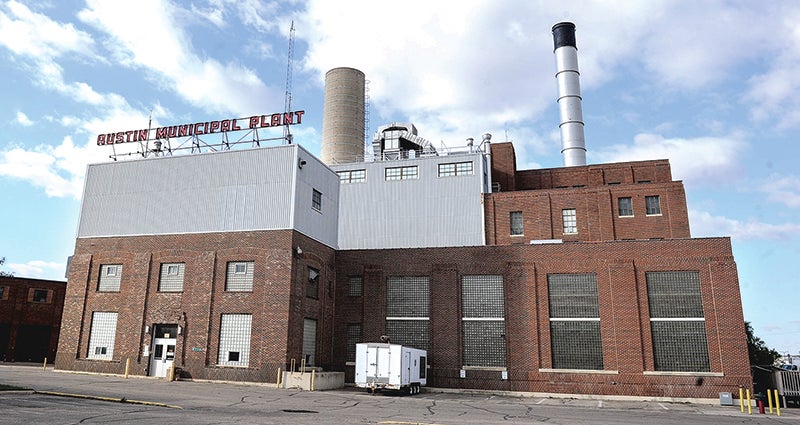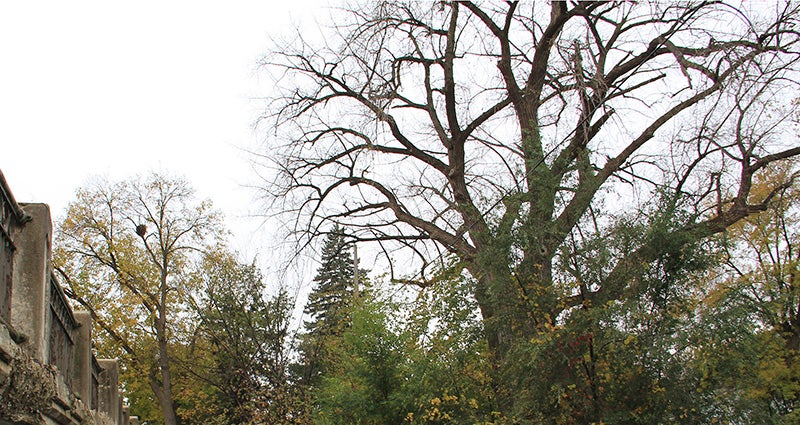As Austin grows, community finds itself in need of housing
Published 8:01 am Sunday, April 26, 2015
Austin’s population may be growing, but it’s difficult to find homes for all the people moving into the area.
Local leaders are trying to encourage more housing in the area as more residents move here for employment.
“It’s kind of the 800-pound gorilla in the room,” Mayor Tom Stiehm said. “Nobody really talks about it. It’s not a real fancy issue, but it’s a really important issue for us.”
Stiehm, the Austin City Council, the Austin Housing Redevelopment Authority and other organizations have sought to improve Austin’s housing stock for the past few years as more people move to the area. Until recently, people looking to buy or rent homes in Austin haven’t always had good options — there’s affordable housing and much more expensive homes, but few options for middle-class residents, as area leaders say.
Yet that trend could change as more groups look to bring in housing developments. In addition, state leaders are taking notice of Austin’s growth, as well as growth around Greater Minnesota.
“The kind of major decades-long trend is people moving from rural areas to the metro,” State Demographer Susan Brower said. “What’s happening at the very same time, is there are rural areas that are growing as well. We just don’t hear about them at this time.”
Room to grow
Austin is one of 17 Greater Minnesota communities former state demographer Tom Gillaspy identified as “rural growth centers” — places with food or manufacturing plants that attracted younger families and families of color looking for jobs.
It’s the kind of pattern that makes sense to demographers like Brower. As communities grow, more people are going to relocate there for employment.
Historical conditions have been ripe for an influx of residents as well. More residents are ready to retire, yet at the same time, more young people are looking to enter the job market as the economy improves. That creates something of a bottleneck in terms of housing.
“We have a large population of people in our 50s and 60s who are just moving into retirement,” Brower said. “They’re not necessarily moving out of their houses at that time. You have this pull into the city or the town, because of jobs. But the housing hasn’t opened up in the same way that the jobs have opened up.”
Austin is no stranger to population concerns. The city grew from 23,342 to 24,719 from 2000 to 2010, according to the U.S. Census Bureau, and Mower County as a whole has grown by about 160 people since then.
Local organizations have also seen an increase in population. Austin Public Schools built I.J. Holton Intermediate School in 2011 and 2012 to accommodate an increase in student population after demographer Hazel Reinhardt found the district would grow by 400 students between 2009 and 2014, and by as much as 1,000 students by 2019.
The HRA commissioned a housing study in 2013, which showed Austin needs more than 400 houses and apartment units to keep up with increasing population by 2020, along with more than 350 housing units for seniors.
Since then, local leaders have worked to find more housing solutions.
“It showed a need in the community for a variety of housing,” HRA Executive Director Jon Erichson said. “We’re actually seeing that in the properties we own too.”
Austin’s housing market has remained fairly steady over the past few years, according to the Southeast Minnesota Association of Realtors. The area consistently had about 150 to 200 homes available from January 2013 to March 2015. Yet incoming residents haven’t found many rental options for years.
“There’s never been very much for rentals in Austin,” Realtor Joe Fuhrman said. “There’s been a very high occupancy rate. Or low vacancy rate.”
A need for projects
Some organizations are taking housing into their own hands. The Hormel Foundation has worked with the Hormel Institute for the past two years to develop rental housing for Institute researchers, many of whom will come to the Institute as part of its current expansion, which is projected to add about 120 jobs in the area.
To that end, the Foundation recently announced a 42-unit apartment complex, dubbed Science Park Housing, which will be built across the street from the Institute by the end of the year.
The new complex solves a lot of logistics concerns for the Institute, according to Executive Director Zigang Dong. Dong said earlier this month the complex and subsequent housing additions in the neighborhood east of the Institute would help researchers find rental options, as many researchers work about three to five years on average at the Institute.
In addition, the HRA is working with the nonprofit developer Three Rivers Community Action to set up a 30-unit townhouse development in the Fox Point neighborhood in northeast Austin.
The Fox Point development, near the Walmart in Austin, was foreclosed on several years ago after developers tried and failed to build houses there due to the Great Recession.
Once the development moves forward, people could pay up to $718 per month in rent and Fox Point would accommodate future developments.
Erichson said the HRA is also speaking with other developers to kickstart more projects in the area.
“The first thing that every developer looks for in a community is if there’s a need,” he said. “I think we’ve demonstrated that through the housing study and the market conditions right now.”
State help
Local legislators are trying to improve market conditions at the state level. Sen. Dan Sparks, DFL-Austin, authored a bill this year to give $40 million over the next two years to a newly created office of workforce housing to fund housing projects across the state using grants and tax credits.
While the state supports several programs to provide low-income or affordable housing, Sparks’ proposal would support market-rate housing projects, defined as developments with an average value between $75,000 and $250,000 per unit in outstate communities.
Sparks’s bill has support from DFL leadership, including a co-author credit from Senate Majority Leader Tom Bakk, DFL-Cook. The bill has also found bipartisan support in the Minnesota House of Representatives, including support from co-author Rep. Jeanne Poppe, DFL-Austin.
While Sparks’ version recently found its way into the Senate’s omnibus tax bill, the House version was left out.
Yet the issue won’t go away, as lobbyists are focusing on workforce housing this session. The Greater Minnesota Partnership, a fiscally focused off-shoot of the Coalition of Greater Minnesota Cities led by former State Rep. Dan Dorman, has pushed Sparks’ bill at every level.
“This is an issue that’s been around for 20 years,” Dorman said. “It’s not anything new. And it’s time we found a solution for it.”
While the state looks at market conditions, local leaders will continue to entice private developments.
Austin City Administrator Craig Clark, a member of the Greater Minnesota Partnership executive board, testified several times at the state Capitol in support of the bill. The city council also passed a landlord registration policy last December to help boost communication between landlords and the city, as well as to provide extra enforcement opportunities for shoddy landlords in the area.
More development plans could come to fruition as companies like Hormel and Quality Pork Processors, the two biggest businesses in the area, seek more workers. For leaders like Stiehm, those developments can’t come too soon.
“This is something the city’s been pushing forever,” he said. “Right now, you can bring all the industries you want to town, but there’s nowhere for people to live. We don’t have a lot of houses for the average working man, and that’s what we need.”




